How Often Should I Feed My Fighter Fish
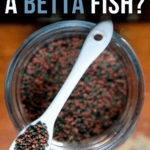
"How often should I feed my betta fish?" is a question that's often asked by amateur aquarists who are thinking of taking on one of these breathtakingly beautiful fish as a pet.
For your betta fish to remain healthy, he must be fed a correct, nutritionally balanced diet. But what do betta fish eat? In this comprehensive guide, we tell you how much to feed a betta fish, and we give you all the information that you need to give your new fishy friend everything he needs to thrive.
How Often Do You Feed A Betta Fish?
Every betta fish food container shows the manufacturer's recommended feeding amounts, but these can be very misleading. Overfeeding your fish can cause serious health problems for your pet, as well as polluting the aquarium water, and increasing the bioload on your filtration system.
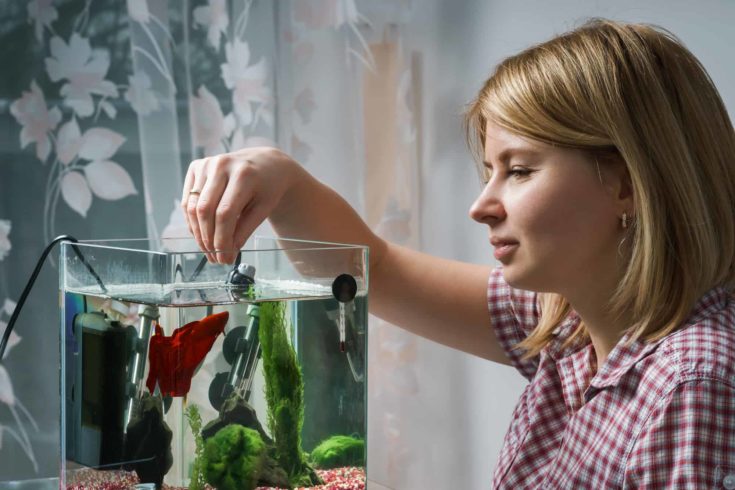
So, how often should you feed your betta fish?
Daily Feeding?
Some bettas are greedy and will eat as much as you're prepared to offer them. That's probably because wild bettas have to grab food while they have the chance. For example, a single mosquito landing on the water could be the only food a betta gets for a couple of days, so these fish tend to make the most of every feeding opportunity.
Many owners dote on their pets, giving the fish treats and as much food as the creatures will eat. Unfortunately, overfeeding leads to serious health conditions for the fish, including bloating, obesity, constipation, and swim bladder problems. Also, overfeeding can make more work for your filtration system, as uneaten food drifts down to the substrate, where it gradually breaks down, polluting the water and harboring bacteria.
I recommend feeding your betta just once or twice six days a week, offering him only enough food to last a minute or so. I know that doesn't seem like much, but to put things into perspective, a betta fish's stomach is about the same size as his eye. And when you consider that most betta pellet foodstuffs swell to roughly twice their size when wet, you can see that it doesn't take much food to fill up a betta's tummy!
Fasting
Once your betta has eaten, it takes time for the food to be processed by his digestive system before the waste matter passes through him. Live and frozen food contain virtually zero dry matter, and so it passes relatively quickly and smoothly through the betta's gastrointestinal tract. However, dried pellets and flakes swell markedly when exposed to water, which means that they pass slowly through the fish, sometimes accumulating and causing blockages.
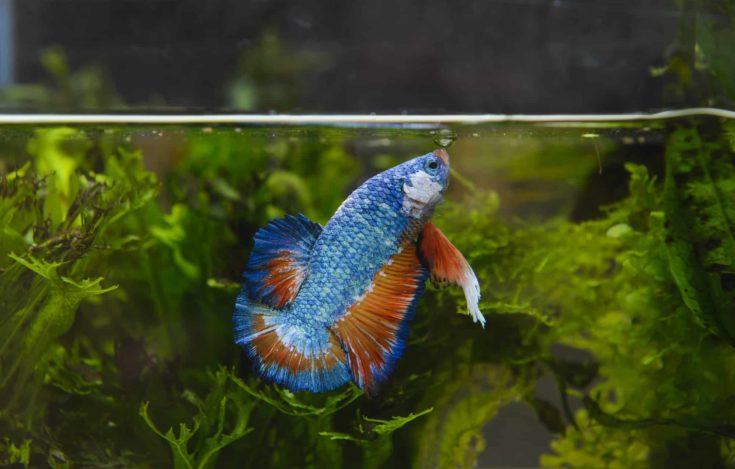
A very effective way of preventing that from happening is to starve your betta for one day per week. That's not being cruel to your pet, but it's for his own good! In nature, a betta can survive for up to two weeks with no food whatsoever, so a day's fast will not harm your pet.
Vacation Feeders
One fasting day per week is fine for your betta, but what can you do if you're away on vacation or on business?
A high-quality vacation fish feeder is a great solution to that potential problem, and can even be a lifesaver for fish keepers who work odd hours and shifts, meaning that they're not around to feed their fish at regular times.
What Is A Vacation Feeder?
A vacation fish feeder is an automated, programmable food dispensing system that you can set to feed your betta at pre-set times throughout each day. Vacation feeders are generally battery-operated or powered via a mains connection. Of the two options, battery-operated feeders are the most popular, as they cannot fail in the event of a power outage. However, you do need to remember to recharge the feeder's battery regularly.
You can choose feeders that have multiple food containers, which you fill with your betta's food. The feeder has a timer that rotates the food containers, dropping the food into your fish's aquarium at a preselected time, or times, of your choice. Most automated fish feeders can dispense dry food, thawed frozen food, and even live food.
What Do Betta Fish Eat?
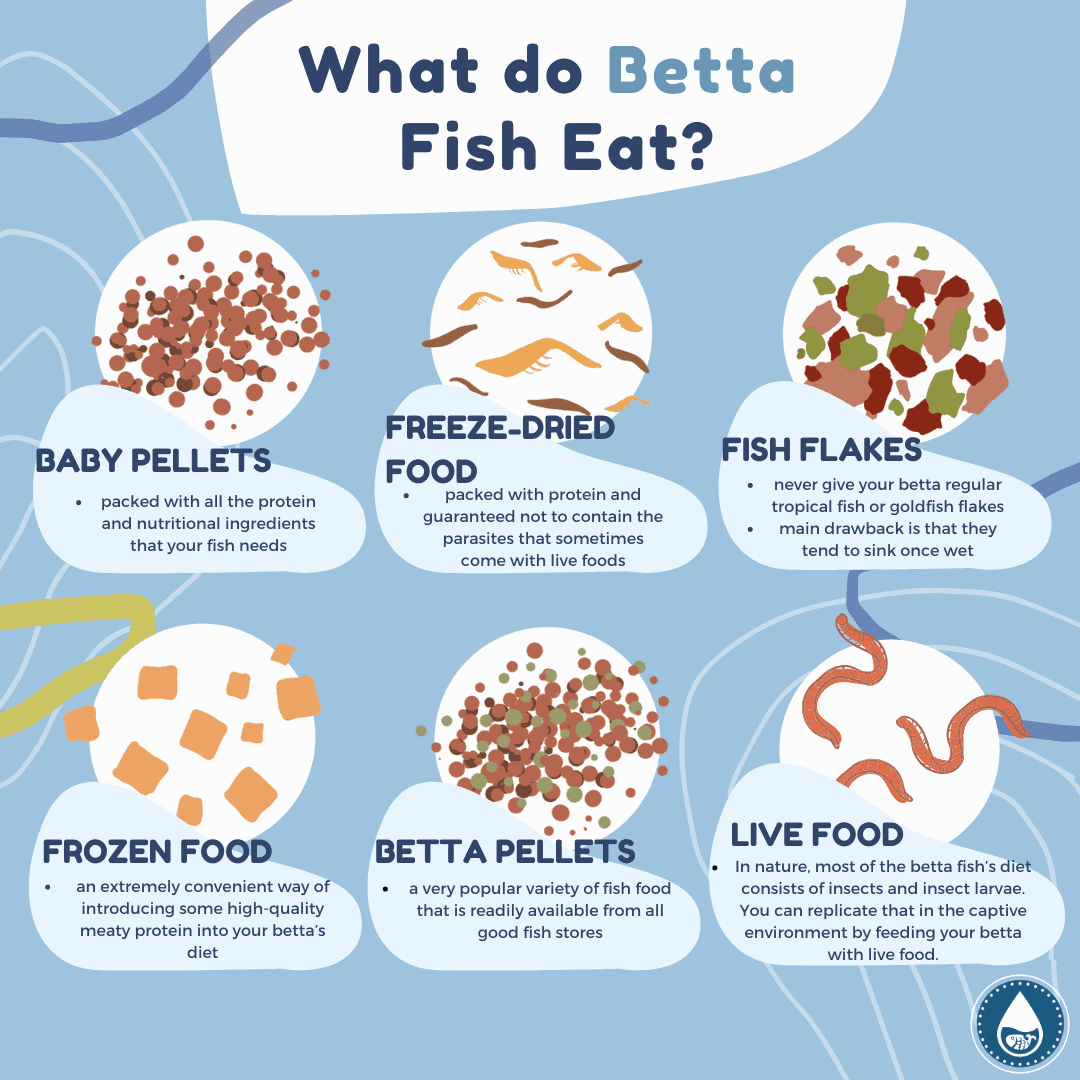
Wild bettas eat mostly meaty prey, such as insect larvae and water-bound insects that they take from the water surface. However, they also eat a small amount of plant matter. So, your pet betta needs a high-protein diet, and he won't get the nutritional balance that he needs from tropical flakes alone.
Check Product Labels
When you buy flake or pellet betta food, always check the list of ingredients on the packet. The ingredients at the top of the list should be meat-based, and the total protein content of the food should be at least 40%, preferably more.
Floating Pellets
Take a look at your betta fish, and you'll see that he has an upturned mouth filled with tiny white teeth. That conformation equips your fish perfectly for feeding on the surface of the water. Also, the betta's sharp teeth ensure that any insects the fish grabs won't be able to escape.
For that reason, you should always choose floating pellets that are designed specifically for surface feeders. If your fish's food sinks straight away, he may not get enough to eat, and uneaten food will pollute the tank water, as well as wasting your money!
Beware Of Fillers
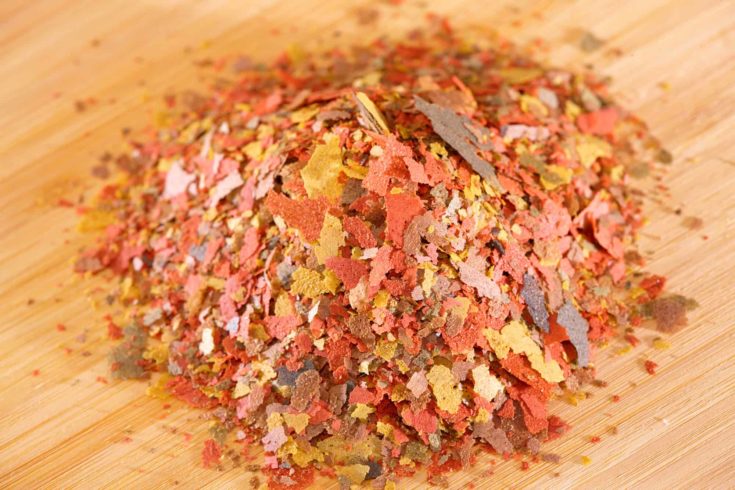
One reason that bettas suffer from health problems such as bloat and constipation is that they have a short digestive tract. That makes it difficult for the fish to digest "fillers," including cereals that are used in many pellet and flake foods.
These filler products contain no nutritional value and are only used to pad out the product in place of more expensive fish and meat. So, when choosing betta food, avoid anything that contains high volumes of fillers.
Different Types Of Betta Foods
There's a wide range of betta foods that you can feed your pet to provide him with a balanced, nutritious diet.
Fish Flakes
Never give your betta regular tropical fish or goldfish flakes. Those products don't contain the high-protein requirements that your betta buddy needs to thrive. Instead, look for flake food that is specifically formulated for a betta fish's needs.
The main drawback to feeding flakes is that they tend to sink once wet, and some bettas won't eat flake foods at all.
Baby Pellets
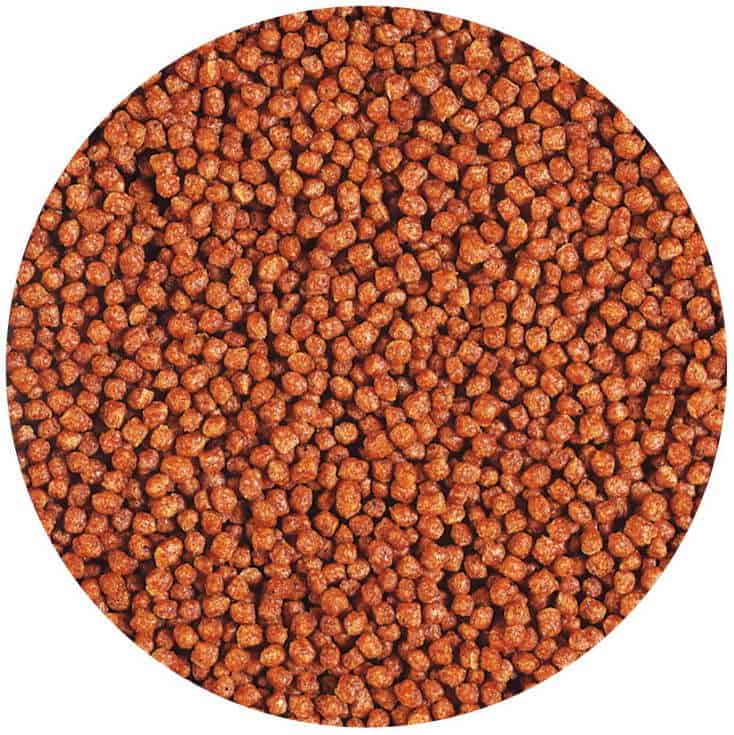
Baby pellets are made specifically with a betta fish's requirements in mind. The pellets are packed with all the protein and nutritional ingredients that your fish needs for good health, and they also have an all-natural, color-enhancing additive to make your betta's colors really pop.
Crucially, baby pellets are just the right size for a betta's tiny mouth, and they float too, reducing waste and allowing your fish plenty of time to eat his meal.
Betta Pellets
Betta pellets are a very popular variety of fish food that is readily available from all good fish stores.
Pellet food for bettas should be designed to float on the water surface, but it's a good idea to soak the pellets before offering them to your pet so that you can more accurately gauge the volume of food he's getting, thus preventing overfeeding.
Freeze-Dried Food
If you don't like the idea of feeding your betta live foods, freeze-dried products offer a wonderful alternative. Freeze-dried bloodworms and brine shrimp are a perfect addition to your fish's diet, being packed with protein and guaranteed not to contain the parasites that sometimes come with live foods.
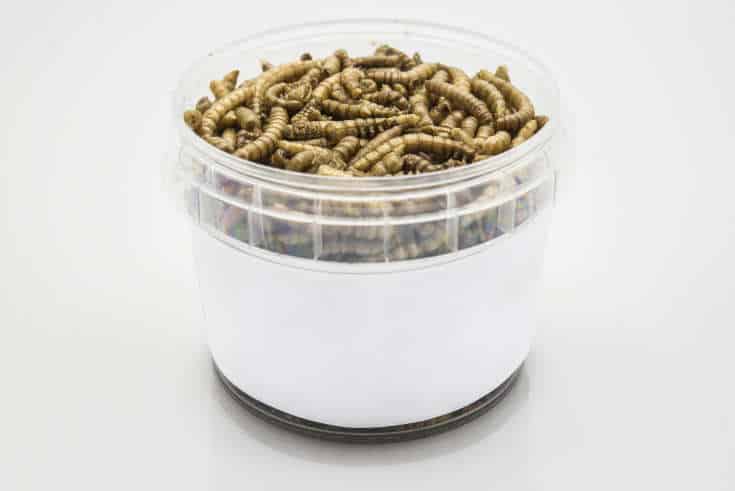
The main drawback of feeding freeze-dried food is that it has been stripped of moisture and may contain stabilizing additives too. I recommend that you soak freeze-dried foods in a small amount of tank water before feeding your fish to increase the moisture in the food, which helps to prevent bloating.
Freeze-dried foods make an ideal treat, but they shouldn't form the mainstay of your fish's diet, as they don't have a sufficient nutritional balance and can cause bloating if fed in large quantities.
Frozen Food
Frozen food is an extremely convenient way of introducing some high-quality meaty protein into your betta's diet. You can buy a wide variety of frozen foods, including bloodworms, daphnia, brine shrimp, mosquito larvae, and tubifex worms, all of which will be greatly appreciated by your betta.
Frozen foods come conveniently packaged in cubes that you can store in your freezer until you want to use them. Simply remove a cube from the package, thaw it in a little tank water, and then feed it to your fish.
Live Food
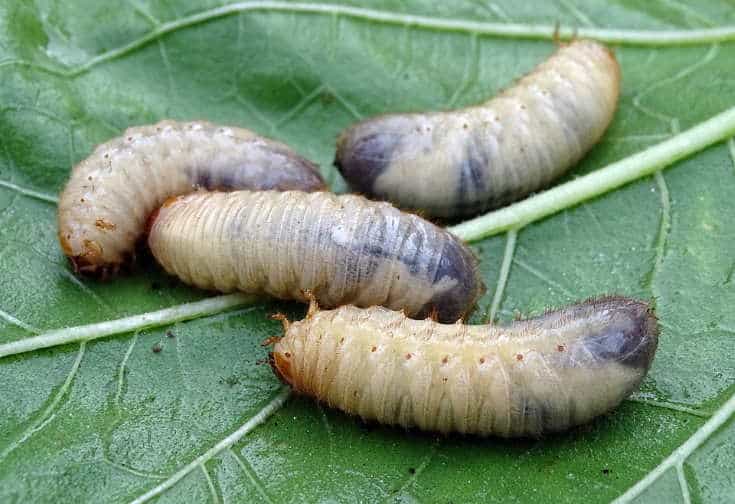
In nature, most of the betta fish's diet consists of insects and insect larvae. You can replicate that in the captive environment by feeding your betta with live food. Most fish stores sell some live foodstuffs, and if you want to you can even raise your own at home.
Mosquito Larvae
Mosquito larvae form a major part of a wild betta's diet, and your tank-kept pet will love them too. You can raise mosquito larvae at home, using a starter culture kit.
Bloodworms
Bloodworms are not truly worms but are actually midge fly larvae. These wriggling little creatures live in pools of stagnant water and ponds and form much of a wild betta's diet. However, you should only include bloodworms as a treat for your captive betta rather than his main food, as although bloodworms are rich in iron, they lack amino acids.
Wingless Fruit Flies
Wingless fruit flies can be grown at home, simply by breeding them in a small container. Never take flies from nature, as they may be carrying diseases that could harm your pet.
Brine Shrimp
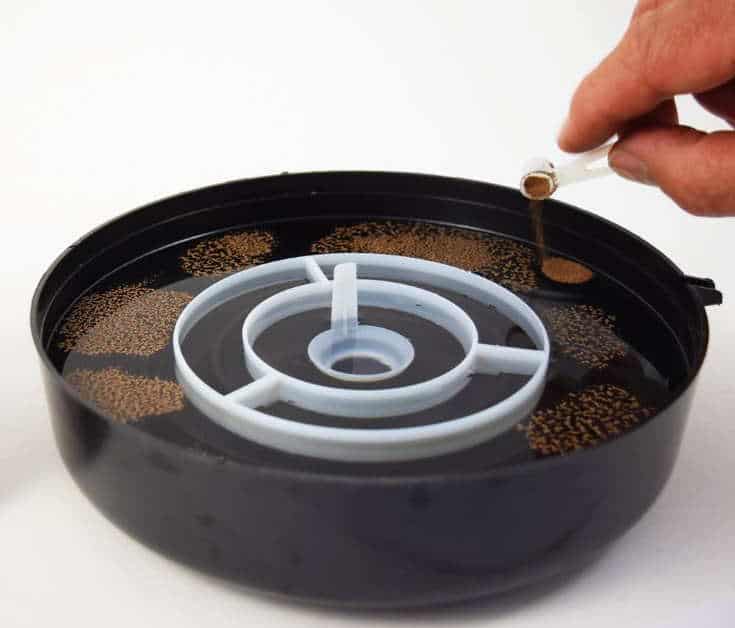
Brine shrimp can also be raised at home in a DIY brine shrimp hatchery. These tiny crustaceans contain vitamins, proteins, and important amino acids that combine to provide your fish with plenty of nutritious protein, and more.
Mysis Shrimp
Mysis shrimp are great food for bettas. The shrimp's exoskeleton contains lots of fiber, which aids the digestion of protein in the betta's diet. Also, these tiny creatures are packed with amino acids and moisture, both of which are vital for healthy fish.
How Much Should You Feed Your Betta Fish?
As mentioned previously in this guide, bettas have very small stomachs and a short digestive tract. A betta's tiny stomach is roughly the same size as his eye, so you can see that it doesn't take much for your fish to be overfed.
Dry foods, including flakes and pellets, swell to double their size when exposed to moisture. So, feed your fish only tiny amounts to prevent him from becoming bloated or constipated, both of which are serious health issues for bettas.
Feeding live and frozen foods are a good idea, as these closely mimic what your fish would eat in the wild and are what his digestive system has evolved to process. Therefore, adding small amounts of these foods as a regular component of your pet's diet can help to keep your betta's gastrointestinal tract in good working order.
Betta Fish Feeding Chart
Here's a handy chart, showing you when and what to feed your betta to keep your pet healthy and happy without overfeeding him.
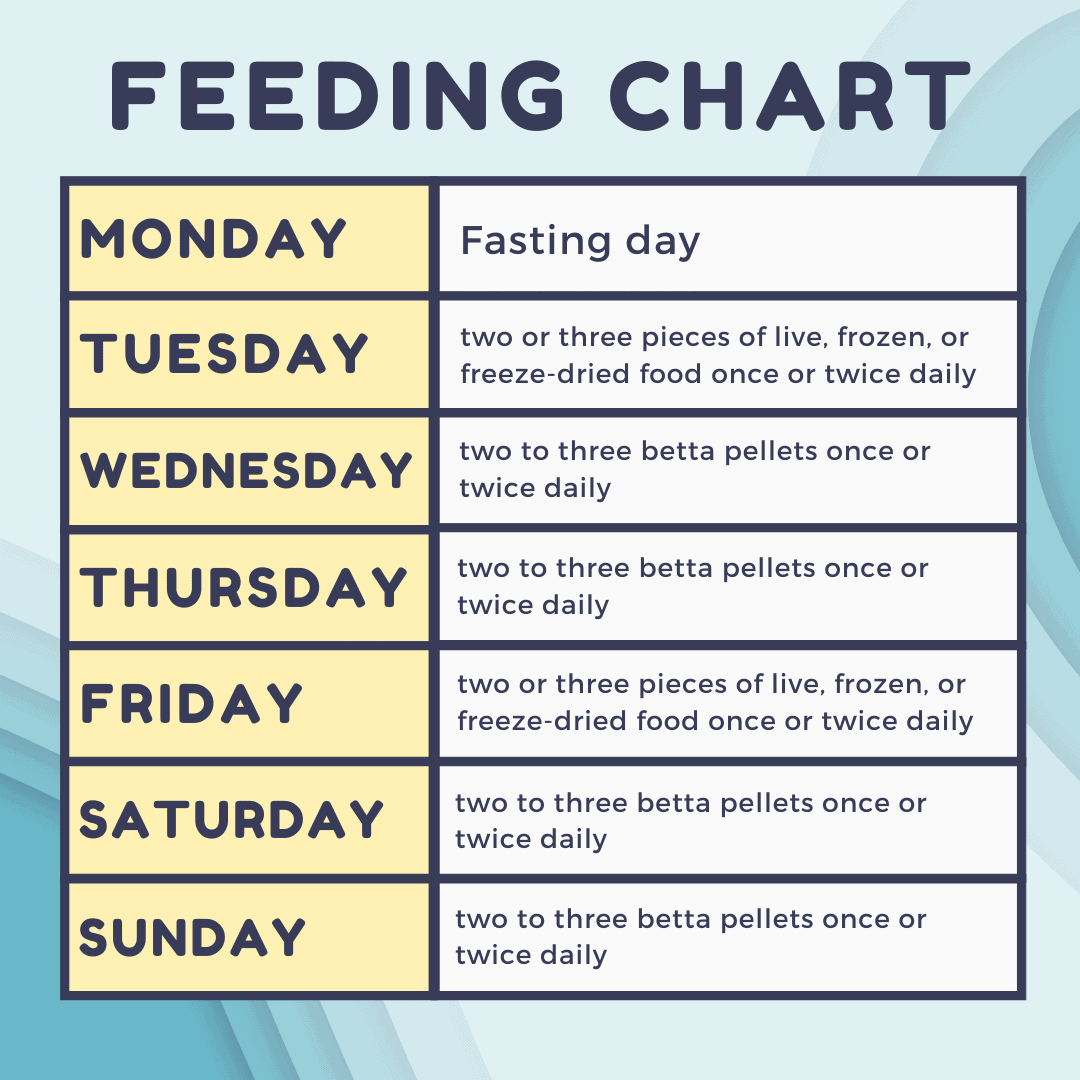
If you're raising betta fry, you'll need to feed them more frequently, ideally two to four times per day.
Why Won't Your Betta Fish Eat?
Without a good diet, your fish won't thrive, so, if your betta refuses to eat or his appetite seems to be dwindling, you must investigate.
Stress

Many new owners get their betta home and install him in a perfectly decorated and equipped tank only to find that their new pet won't eat. With bettas, a loss of appetite or a lack of interest in food is not uncommon and is generally caused by stress. "New home syndrome" is a very common cause of poor appetite in bettas.
The introduction of new tank mates or even cleaning your betta's aquarium can also stress him, with the result that he won't eat.
Water Conditions And Temperature Shock
Temperature fluctuations in the tank can trigger a loss of interest in food. If the water in the tank cools to below 76° Fahrenheit, your betta fish's metabolism slows down, leaving him lazy and not interested in food. Check the water temperature in the tank and, if necessary, increase it to between 76° and 81° Fahrenheit.
Dirty tank water that has high levels of ammonia and nitrites will make a betta fish sick, and, therefore, he won't eat. Use an aquarium water testing kit to determine if there's a problem with the water quality, and carry out a partial water change if necessary.
How Old Is Your Betta?
Older fish are less active and require less food. In captivity, bettas have an average lifespan of between three and five years. So, if your pet is at the top end of that range, don't be too surprised if he becomes quieter, and his appetite becomes less.
Sickness And Disease
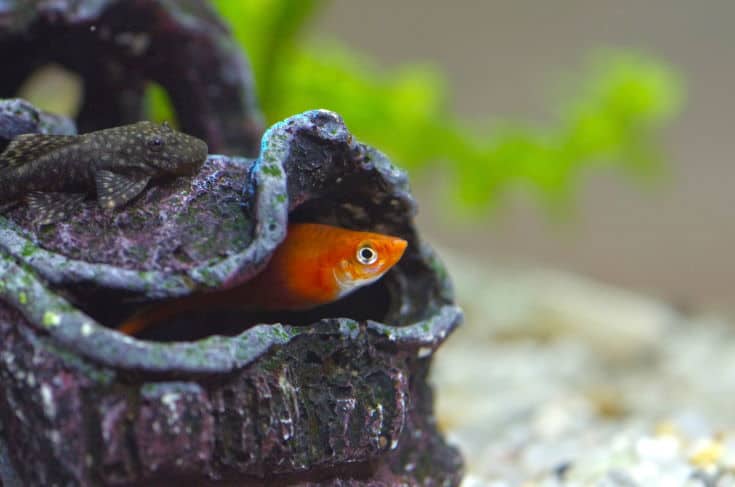
When a previously healthy fish stops eating, and you've ruled out the aforementioned problems, it's likely he has a health issue. So, look out for symptoms of a disease, and treat the problem with the right medication immediately.
In Conclusion
In nature, betta fish are primarily carnivorous, eating a diet of insects and insect larvae. Captive-kept pet bettas can be fed a diet of specially formulated betta pellets or flake foods, enhanced with regular portions of frozen food, freeze-dried food, and fresh live food.
To keep your betta's digestive system in good order and to prevent diet-related health problems from afflicting your pet, feed your fish once or twice daily, for six days per week, and include one fasting day when he doesn't have any food.
I hope you enjoyed our betta feeding guide. If you have any questions, please post them in the comments box below, and don't forget to share and like the article.
Check out our infographic and don't forget to share!
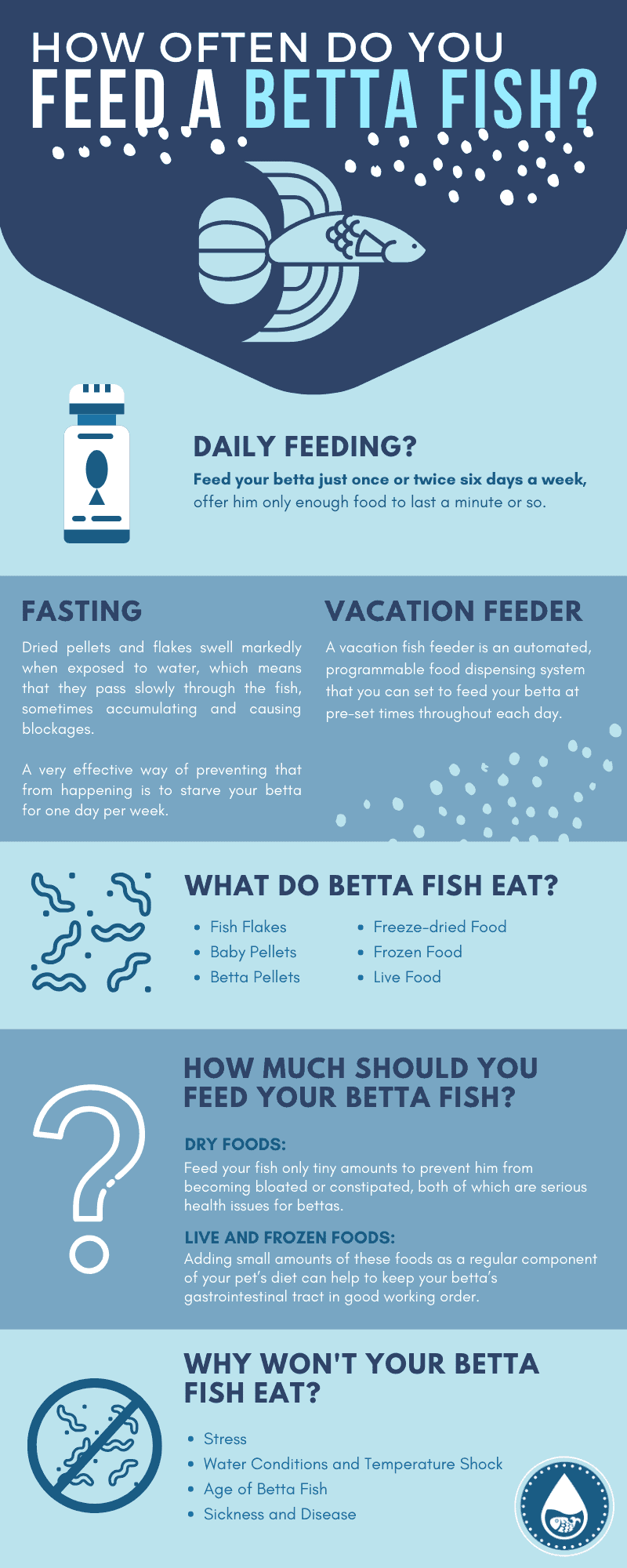
Source: https://www.tankarium.com/how-often-should-i-feed-my-betta-fish/